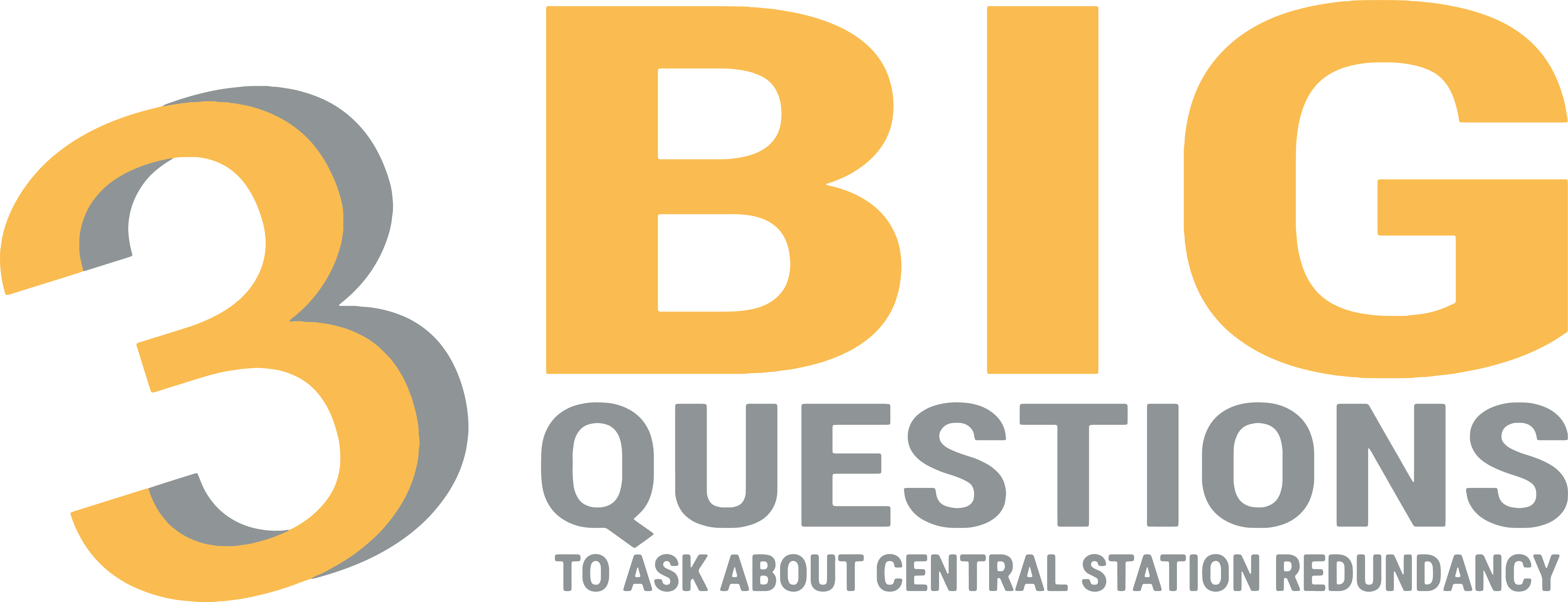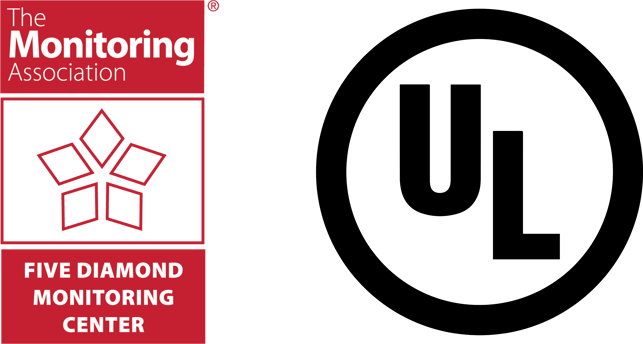

For alarm dealers who take the lives of their subscribers and their business seriously, central station redundancy is a must-have. It gives subscribers peace of mind, legitimizes dealers’ reputations and can mean the difference between life and death. So before a dealer chooses a wholesale monitoring partner, they should be aware of how the monitoring center’s redundancy works and whether or not it will work when a disaster strikes.
.png?width=14741&height=5072&name=3%20Questions%20(With%20Blue).png)
When a disaster strikes a central station, the moments directly after are what determine the effectiveness of its redundancy. Depending on its failover structure and procedures, a central station’s downtime after losing connectivity can last hours, minutes, seconds, or no time at all. Therefore, it is important to familiarize yourself with the types of redundancy monitoring providers employ in case of disaster so you can eliminate downtime.
Learn How Storm Queue Helps During Natural Disasters
When considering who to hire, dealers should inquire about the steps the monitoring provider takes to protect their first site before relying on a secondary location. Each location should be equipped with the following redundancies:
.png?width=600&name=8%20Redundancies%20(With%20Blue).png)
Even if a central station monitoring provider only had one location and all of these features, they could at least ensure they are receiving all the signals properly. Anything less than this means high-priority signals can be lost on their way to the central station. Not to mention potential loss of subscriber lives and property.
The rules that Underwriters Laboratories uses to regulate central stations become increasingly stringent with the number of subscribers monitored. They regulate the monitoring automation software capabilities, building codes, network connectivity and everything else that comes with operating an effective central station.
Standards for central stations are regulated under: UL 827 and 1981

In addition to UL regulations, you should search for a monitoring provider who has obtained the coveted TMA 5-Diamond certification. Working to earn this coveted seal requires some of the highest operating standards in the industry. It includes, but is not limited to:
The best part about these certifications is they are more difficult to talk around. Monitoring providers either have them or they don’t. These are ideal markers for a trustworthy monitoring provider and indicate high levels of customer service to subscribers. While the cost to hire a company with these certifications and redundant capabilities won’t be the cheapest, they will ensure your subscribers are taken care of no matter what.
So, when you hear claims about redundancy, you’ll know not to take them at face value. It’s important you ask the right questions because there might not be a greater agent of subscriber attrition than than an overconfident and underqualified monitoring partner.
Additional Items To Keep In Mind:
1. UL does require internal redundancy but off-site redundancy is not mandatory to maintain certification. Therefore, it is important that you ask specific questions regarding your central station's redundancy capabilities.
2. Central stations that offer true redundancy should be open to explaining the specifics of their system. Transparency is always the best policy and will improve your customer retention.
Lorem ipsum dolor sit amet, consectetur adipiscing elit
Take advantage of our robust library of industry and AG related news, articles, webinars and other resources available through our resource center to enhance your success. You will also discover valuable insights and content you can share with your subscribers through your website, newsletters, and emails.
Receive more useful content like this by signing up for our weekly AG Newsletter below:
AvantGuard Monitoring Centers, LLC. | P.O. Box 15022 | Ogden, UT 84415 | Office: (877) 206-9141 | Fax: (801) 781-6133